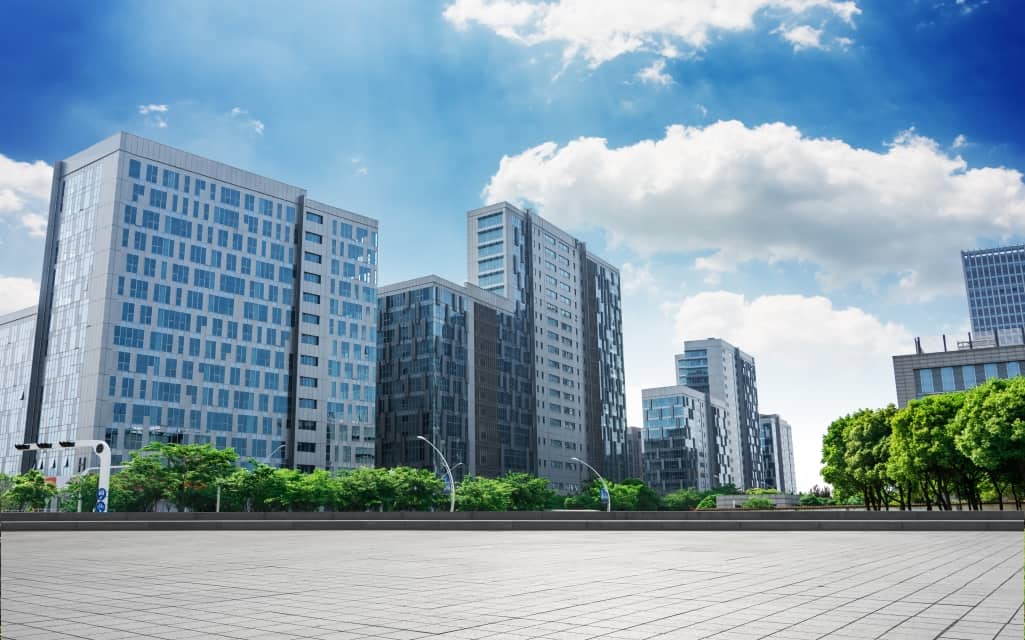Green buildings, particularly those that meet LEED specifications, are all the rage among industry investors and even private homeowners and renters, as we become more concerned about our relationship with sustainability at the national level. In order for these building practices to stay on the cutting edge, however, they need to stay abreast of technological revolutions. With LEED a long-established protocol, these four lighting improvements are part of a move to set the newest buildings apart from mainstream green construction.
Skylights Go Sky High
Natural lighting is obviously the greenest way to light a building because it doesn’t rely on any form of electricity, but builders need to be cautious about how they facilitate this lighting. In particular, an over-reliance on windows can leave buildings vulnerable to extreme temperature fluctuations, meaning energy is wasted controlling building temperature. With this in mind, more green building experts are recommending skylights as a way to maximize natural lighting while minimizing the overall number of windows. Especially in structures with plenty of open space and flow between rooms and floors, skylights can bring light to the entire building.
In addition to relying on skylights instead of windows, green builders are also equipping windows with blinds and solar control glazing. These features can minimize overheating with little added cost from a construction perspective. It’s a perfect balance, with the natural light also making buildings healthier for those who live and work there.
Lighting The Underground
Skylights and windows are a great for lighting the main floors of green buildings, but how can designers address lighting in underground areas? One leading option is to install high intensity discharge (HID) LEDs. Like traditional LEDs, HID LEDs are energy efficient and easily equipped with microprocessors and sensors for remote control; they’re also long-lasting, which means minimal waste. In fact, the only major difference between LEDs and HID LEDs is the intensity from which they get their name. These new bulbs are bright.
Because of their intensity, HID LEDs are ideal for parking garages, as well as for outdoor use when street and flood lights are needed. Since parking garages, particularly underground structures in apartments and offices, rarely benefit from natural lighting and often have a lot of late night and early foot traffic, visibility is important and ensures user safety.
Smart Lighting Control
An additional benefit of using LEDs, whether standard or HID LEDs, is that the improved connectivity gives users greater control over lighting and reduces waste. Because they can be designed for remote control, users are more likely to turn them off, or the lights can be equipped with a variety of sensors to determine whether anyone is using the space and the common patterns of area use so that the lights can be automated based on user presence. Indeed, machine learning, as well as more sensitive sensor systems, will likely further reduce energy waste from lighting of all kinds in the near future.
Alternative Fluorescent Options
Fluorescent lighting fell out of favor with green building professionals years ago, but as the technology improves, we may be seeing more of these lights in sustainable construction. In particular, linear fluorescent lamps T5HO can perform to the same standards as HID LEDs, while CFLs are popular in buildings that are retrofitting for energy efficiency but can’t afford major modifications to their lighting systems.
If lighting quality, not just brightness and efficiency, is a major concern in a green space, for example when outfitting a design office or gallery space, inductive fluorescent lamps offer yet another alternative. They offer especially good color rendering along with energy efficiency, and are available in a dimmable option. These new options make it clear that we haven’t seen the last of fluorescent lighting, and that fluorescent doesn’t need to be a dirty word.
Better lighting is a top priority for LEED construction and green builders more generally, and there are plenty of options out there. That’s good news because, at the end of the day, better lighting means improved functionality and a wider embrace of green buildings by consumers across demographics.



